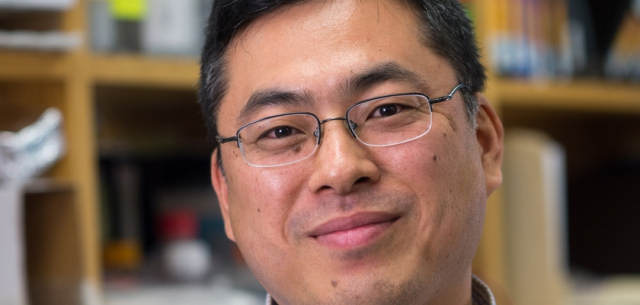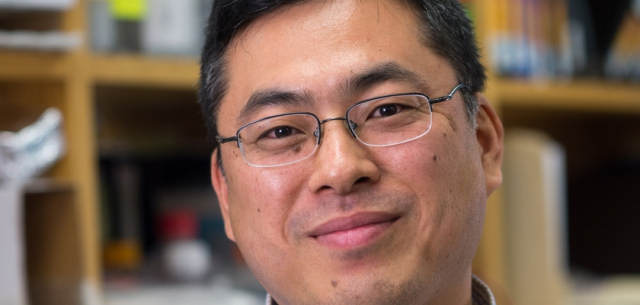
PHILADELPHIA–(August 22, 2016)– Cancer is often driven by various genetic mutations that are acquired through changes to a person’s DNA over time. These alterations can occur at the chromosome level if the proteins are not properly organized and segregated as our cells divide and multiply.
Now, new research from The Wistar Institute demonstrates how two key proteins mediate the organization of chromosomes and our genome, shedding light on one of the key genetic processes for every person. With this key basic information in hand, scientists may now be able to pinpoint the origins of cancer due to genetic mutations. The findings were published in the journal Nature Genetics.
“Understanding the three-dimensional structure of our genome is critical if we are to properly understand key functions like transcription, DNA replication and repair,” said Ken-ichi Noma, Ph.D., associate professor in the Gene Expression and Regulation program at Wistar and lead author of the study.
Each of our cells contains enough DNA that, if stretched out in a line, would total about six feet in length. Condensin and cohesin are two key protein complexes that properly preserve our DNA in our chromosomes. Condensin helps to compact the essential genetic information into our cells and facilitates chromosome formation. Cohesin helps regulate the chromatids – the two strands along which a chromosome divides – during cell division.
Noma has extensively studied the importance of the three-dimensional structure of our genomes, and while researchers know the roles of condensin and cohesin, their exact roles in how they are able to properly organize chromosomes has remained unclear. Noma and his colleagues studied fission yeast because it undergoes cell division very similar to that of humans. They were able to show that although condensin and cohesin bind to the exact same position on chromosomes, but the domains of chromatins – complexes of DNA and proteins that make up our chromosomes – vary in size and function depending on which protein complex is responsible for the organization.
Cohesin helps mediate associations between chromatins located close to one another whereas condensin mediates larger associations. These domains play critical roles in making sure each cell performs its key function, and if either cohesin or condensin does not organize these key genetic components properly, the consequences could be a host of genetic diseases, including cancer.
Specifically, the researchers pinpointed a mutation in the ace2Δ gene, which is responsible for encoding a transcription factor that is important for condensing, that can disrupt these key gene association domains. If this happens, it can lead to chromosomal segregation defects. This mutation revealed more information about the specific role of condensin as well. They proposed that condensin is recruited to chromosomes by transcription factors that regulate mitosis, or cell division. When condensin is recruited in this manner, chromosomes can be properly segregated.
“The more we know about the role of condensin and cohesin, the more we can learn about key processes involved in the cell cycle and how cancer can be controlled through processes like cellular senescence,” Noma said.
###
This work was supported by the G. Harold and Leila Y. Mathers Charitable Foundation and the NIH Director’s New Innovator Award Program of the National Institutes of Health under award DP2-OD004348. Support for shared resources used in this study was provided by Cancer Center Support Grant (CCSG) P30CA010815 to the Wistar Institute.
Co-authors of this study from The Wistar Institute include Kyoung-Dong Kim, Hideki Tanizawa, and Osamu Iwasaki.
About The Wistar Institute
The Wistar Institute is an international leader in biomedical research with special expertise in cancer research and vaccine development. Founded in 1892 as the first independent nonprofit biomedical research institute in the United States, Wistar has held the prestigious Cancer Center designation from the National Cancer Institute since 1972. The Institute works actively to ensure that research advances move from the laboratory to the clinic as quickly as possible. wistar.org.
Media Contact
Ben Leach
[email protected]
215-495-6800
@TheWistar
The post Two key proteins preserve vital genetic information appeared first on Scienmag.





